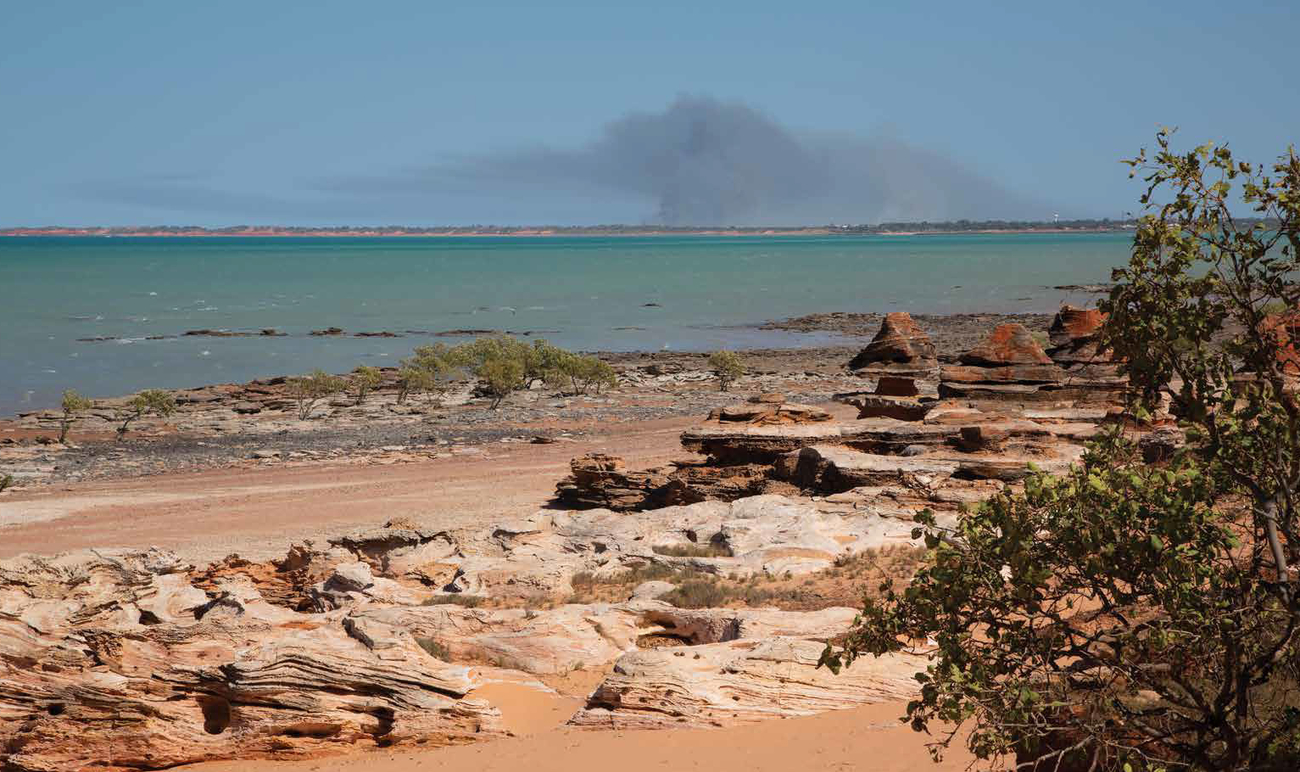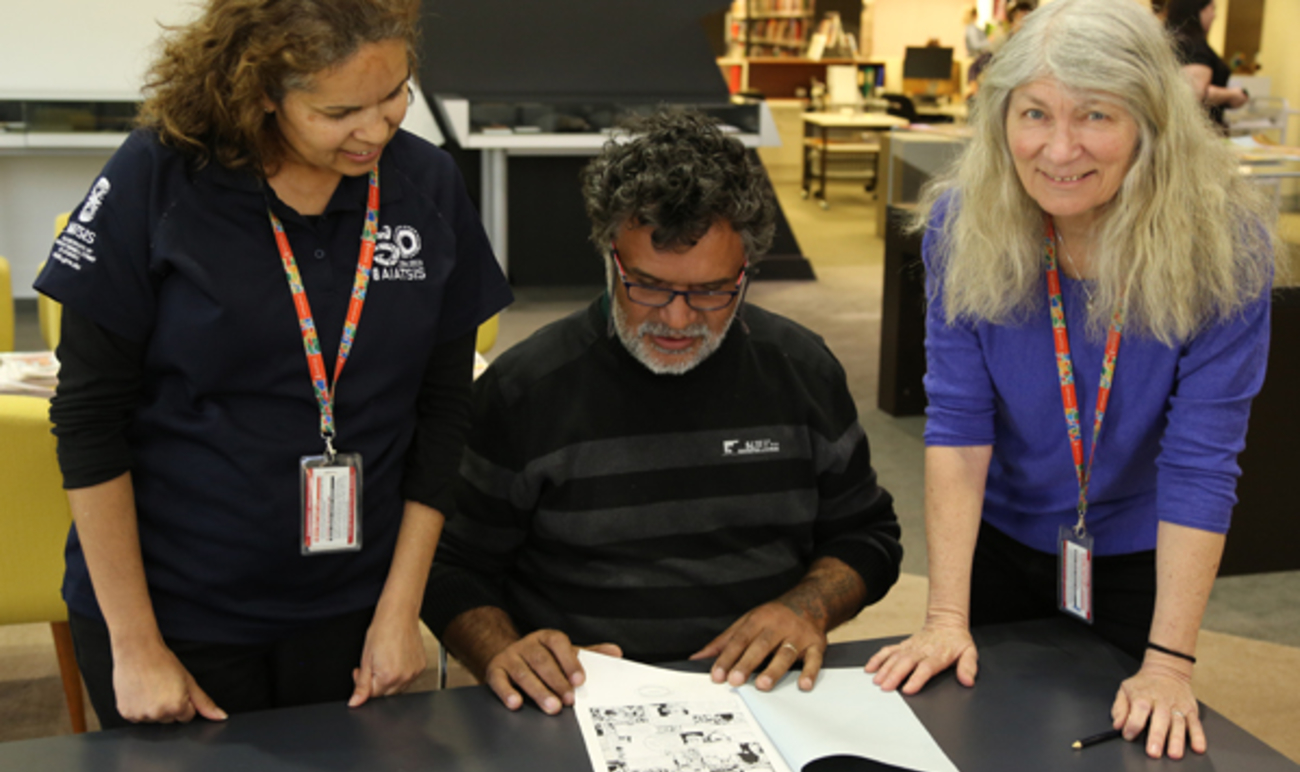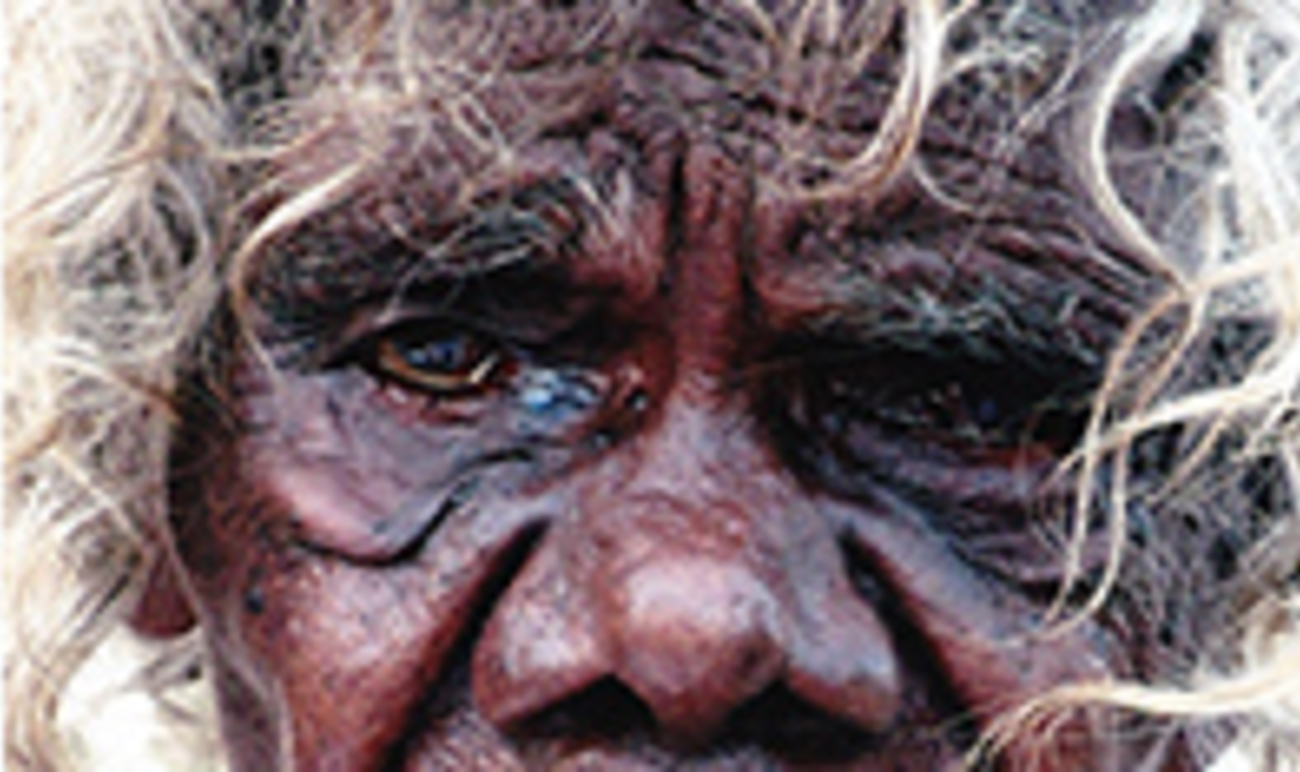Are you looking for information about traditional owners to match your address?
We have some advice for you. For more information, please visit:
'What was before Lord Vestey born and I born? It was blackfella country.' Vincent Lingiari (Wattie Creek 1966)
Aboriginal and Torres Strait Islander Australia is made up of many different and distinct groups, each with their own culture, customs, language and laws. They are the world’s oldest surviving culture; cultures that continue to be expressed in dynamic and contemporary ways.
This map attempts to represent the language, social or nation groups of Aboriginal Australia. It shows only the general locations of larger groupings of people which may include clans, dialects or individual languages in a group. It used published resources from the eighteenth century-1994 and is not intended to be exact, nor the boundaries fixed. It is not suitable for native title or other land claims. David R Horton (creator), © AIATSIS, 1996. No reproduction without permission.
The AIATSIS map serves as a visual reminder of the richness and diversity of Aboriginal and Torres Strait Islander Australia. It was created in 1996 as part of the Encyclopaedia of Aboriginal Australia project and attempts to show language, social or nation groups based on published sources available up to 1994.
The map shows only the general locations of larger groups of people which may include smaller groups. There are also variations in the way that some language or group names are spelt. You can view some of these alternate spellings on the list of alternate spellings for names on the AIATSIS map of Indigenous Australia below.
Note that the borders between groups are purposefully represented as slightly blurred and are not meant to be exact. Some of the information shown on the map is contested and may not be agreed to by some traditional custodians – the map isn’t suitable for native title or other land claims.
The map isn’t the only source of information; if you would like more information about Australian Indigenous languages please see our Austlang database. The National Native Title Tribunal also produces maps that show native title claims determinations.
For more information about traditional owners and Prescribed Body Corporates, you can visit this website.




